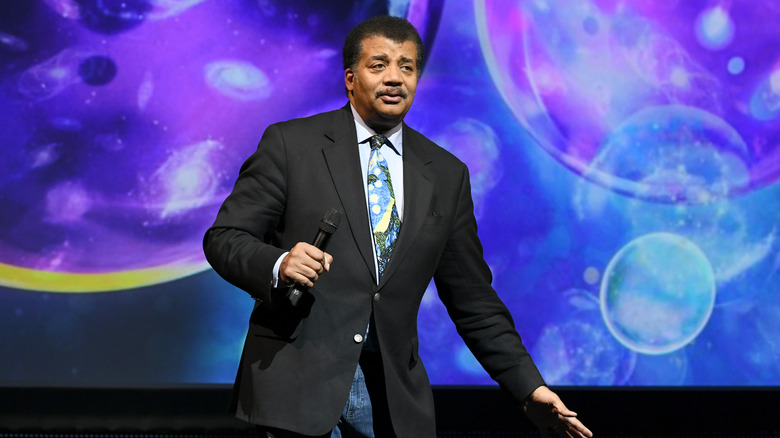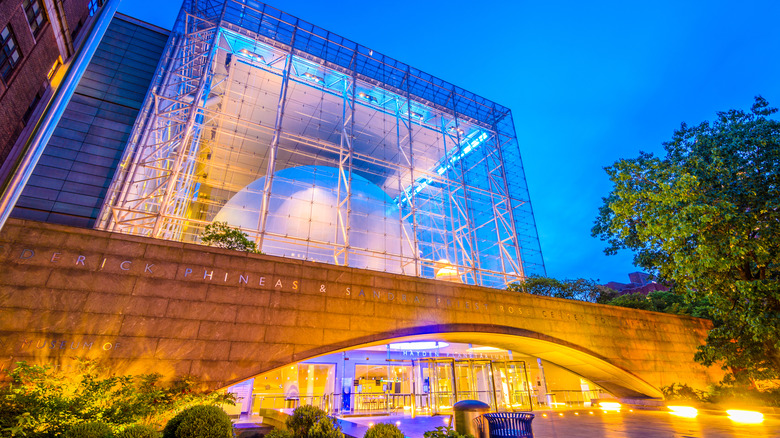The Fateful Trip That Changed Neil deGrasse Tyson's Life Forever
In the world of astrophysics, Dr. Neil deGrasse Tyson is nothing short of a global rock star. To the layman, his ubiquitousness might come across as the "celebrity" go-to guy for all topics regarding space because he routinely pops up in the high-profile media spotlight. But the man has the street cred to back up his celebrity status.
Tyson — currently 63 — has garnered a wall full of degrees and other accolades few others have attained. And it all started at the ripe young age of 9 when his parents took him on a trip to the same museum where he would later become Director.
Born in 1958, Tyson was raised in New York City as the middle child of his Puerto Rican mother, Sunchita Maria, and his African American father, Cyril deGrasse Tyson. According to Interesting Engineering, Sunchita worked for the U.S. Department of Health, Education, and Welfare, as a gerontologist. His now-deceased father worked for New York City's Mayor John Lindsay as a sociologist and human resource commissioner. Cyril also happened to be a Director for Harlem Youth Opportunities Unlimited.
The planetarium that formed Tyson
In 1967, when Neil was nine years old, his parents took him to the Hayden Planetarium for the first time. Tyson was convinced that the thousands of stars projected on the dome had to be fake because, as he put it, he "knew" how many stars were in the "real" night sky because he'd seen them all from his house in the Bronx. As Tyson told the American Museum of Natural History, the conflict between what he thought he knew and reality was the thing that pointed him down his path to becoming a preeminent astrophysicist.
Two years later, at the age of 11, Tyson attended his first class on astronomy and astrophysics at the very same planetarium (via the American Museum of Natural History). He admits that most of the coursework was beyond his comprehension at the time. Still, it made him aware that the science he was so keenly passionate about required understanding the laws and forces of nature — "real" math and physics — instead of simply "looking up" into the sky. So, he dedicated himself to obtaining knowledge in those two disciplines.
Tyson joined the Hayden Planetarium in 1994 as a staff scientist while he was a postdoctoral research associate at Princeton University. In 1995, he was made acting director, and the following year (1996), he was made the full director, a position he still holds today.
One might say Tyson grew up in the hallowed halls of the Hayden Planetarium.

